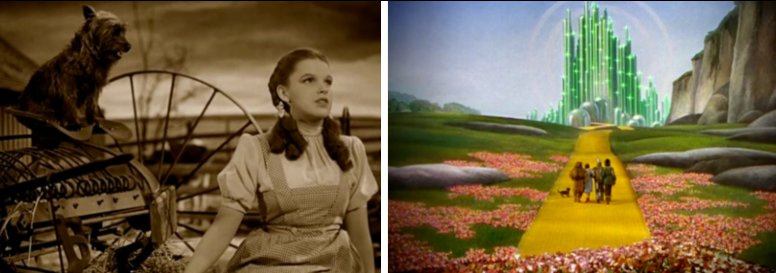Emotions are the core of many cinematic experiences. Film theorist Sergei Einstein believes that one of the primary goals filmmakers strive for is emotion. The range of emotions offered within film must captivate the audience by immersing them alongside it. They are essential in establishing connections between the viewers and the film by stirring feelings such as anguish, empathy or disgust within the audience.
Originally, a 1980’s research theory named Cognitive Theory aimed to challenge the established psychoanalytic theoretical principles in scientific fields. The theory was then applied to film in order to create a viewing experience through the use of filmic techniques. The Cognitive Film Theory, in particular, explores ways of drawing on sensory experiences and perceptions to vividly transform scenes and characters.
Emotions experienced through film are very different from those in real life. Throughout our entire lives, we are the subject of evolving emotional provocations and responses. We cannot be held accountable for fictional emotions as we are secondary tacit subjects experiencing general and fabricated emotions. Nobert Wiley, film expert and sociologist at the University of Illinois believes that film “ Narratives are written with precise emotional scripts, often in formulaic fashion. Emotions come with clear labels. This is suspense, this is grief, this is love, this is fear or anger or joy. The naming process is done with body language, dialogue, clearly structured situations, transparent tendencies and musical cues”.
Similarly, colour composition in film is critical in portraying and evoking ideas. From subjects within the foreground to wardrobe choices, colour builds a narrative. During monochromatic cinema, film was never solely a contrast of black and white, but rather a gradation of colours. Filmmakers experimented with different tones prior to technicolour to help viewers follow stories that jumped between characters and locations. When technicolour was first introduced, the industry was first hesitant about implementing the new technology as it could potentially ruin tone in film. One of the first successes was The Wizard of Oz (1939) where the initial sepia tinted scenes in which Dorothy longs to leave Kansas are contrasted by the burst of colour and happiness in her adventures in Oz .
Throughout the process of crafting a storyline through the use of cognitive senses and colour, filmmakers are able to portray emotions with deeper clarity in an unambiguous manner. Unlike in real life, film allows us to unravel the overwhelming and conflicting feelings by describing and fabricating our emotional state.
Image credits: Dorothy in Oz: The Wizard of Oz (1939) www.scenestealers.com

